Getting ready for a fishing trip is not something I take lightly. It starts months in advance with Mark placing on top of our pool table the rods and reels he thinks we should take, and every lure he can think of that might possibly catch whatever fish we’re after. We also review the list suggested by Rod and Gun Resources, sort through lures, weigh our luggage, remove several lures with great angst, weigh our luggage, remove underwear to add another lure, remove an extra shirt I probably wouldn’t have worn anyway, add another lure, weigh, remove, add. It takes weeks.
The day before we leave we drive 40 minutes to drop our two spoiled dogs off at a doggie spa where they play with other dogs for hours at a time and spend their nights in their own private room. It’s almost as expensive as a night in a moderately priced people motel. But we did this with our first two dogs, so it’s only logical….


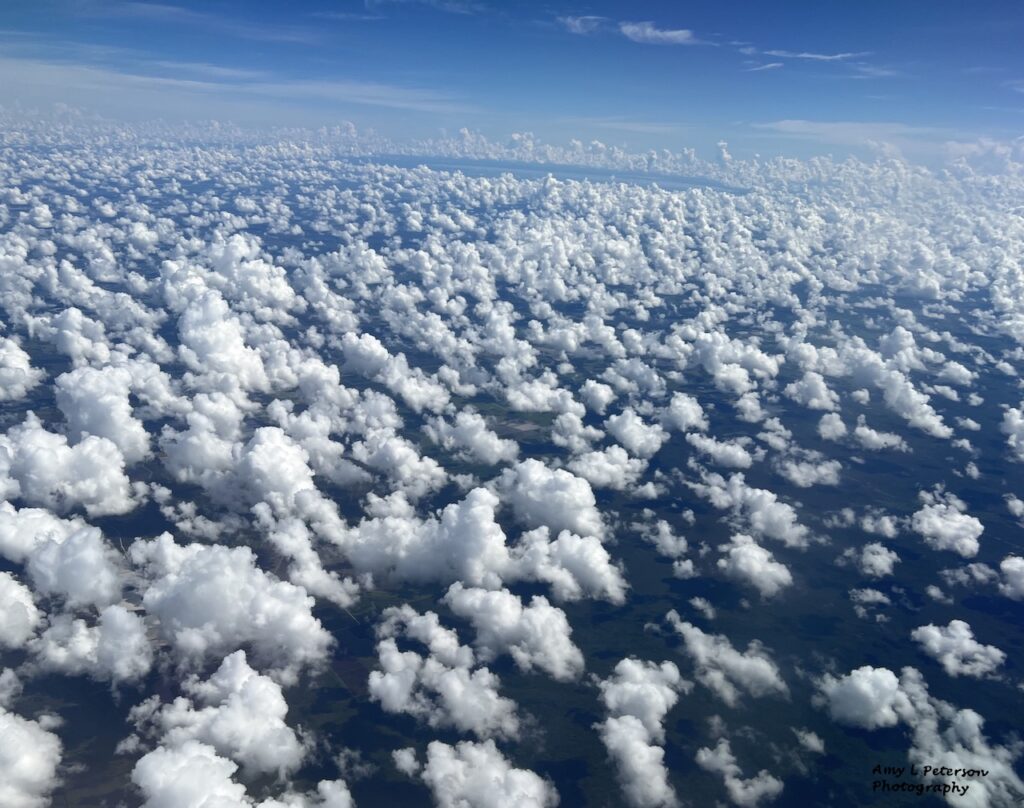
Wednesday, August 23, 2022. The first day of our trip to Bolivia meant rising in the wee hours of the morning, making sure our cat had enough food for the day, the Norfolk pine wasn’t gasping for water, and the feeders for birds and squirrels filled to the brim. We drove to a parking lot in Detroit, took a shuttle to the airport, took off on time and arrived in Miami in what some might call partly cloudy skies
In Miami we found our luggage and wound our way through the airport to near the Bolivian Airlines check-in area, where people paid to have their bags wrapped in heavy plastic. I inquired about this and was told people wrap their stuff to prevent theft in some third-world countries. I cringed about the excess plastic waste this creates, posted several photos on Facebook and spent several hours entertaining myself with comments from friends.
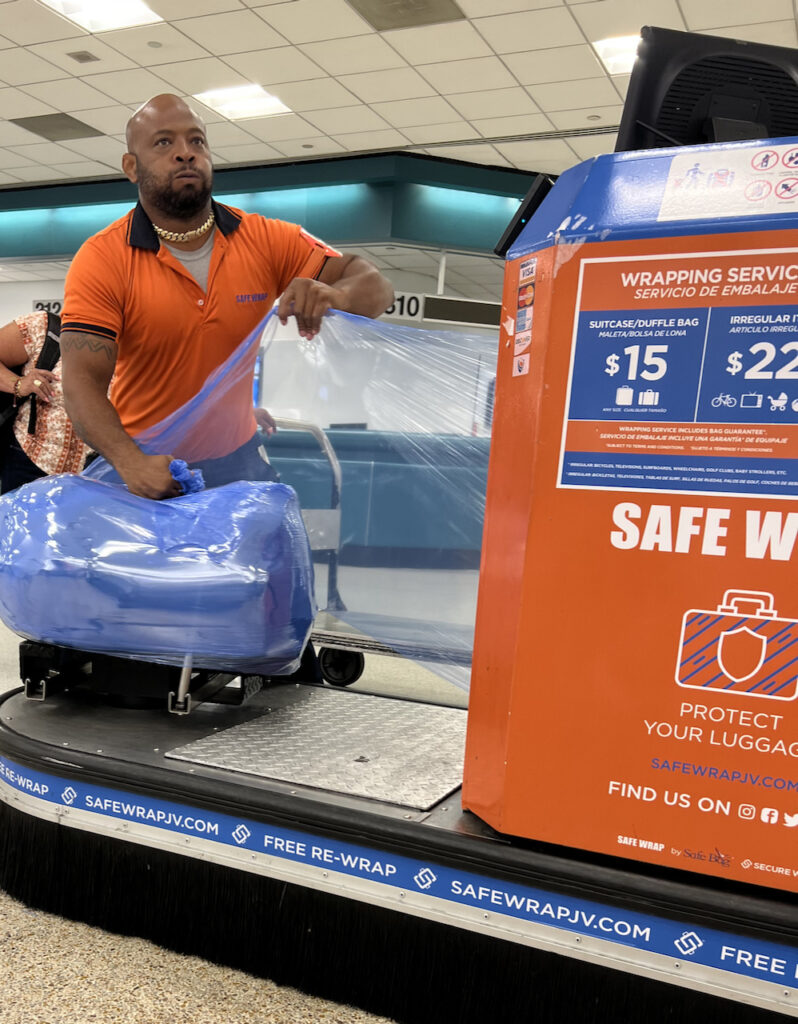
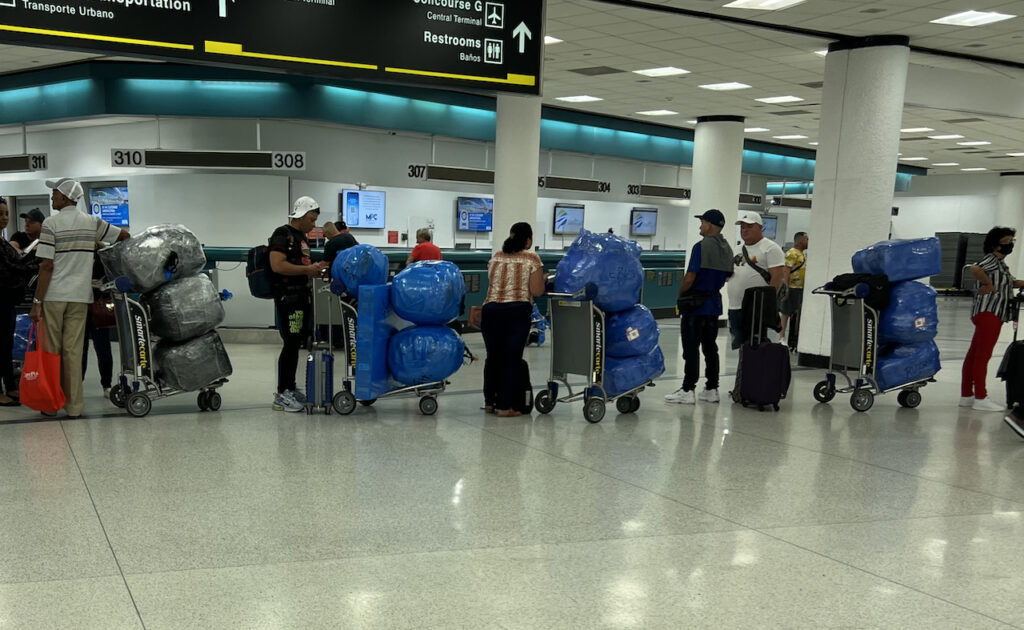

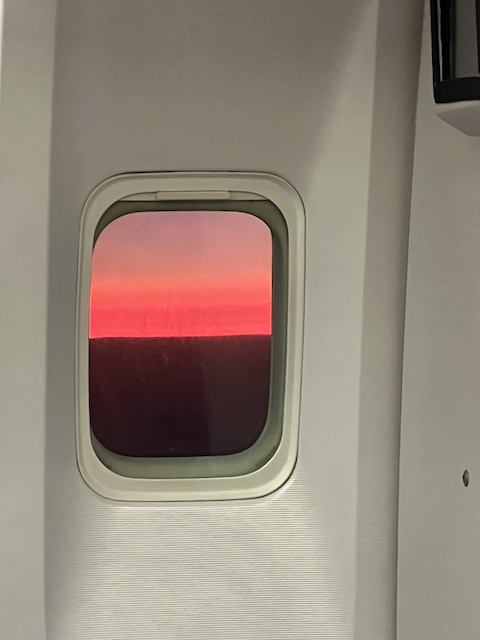
My fear was on target, because after we landed at around 6:15 a.m. on Thursday, August 24, 2022, we handed our papers to a humorless Brute of a guy who scrutinized the copies of our passports, two credit card statements (to prove we could pay our way out of the country), and our itinerary, before shaking his head and saying–in Spanish–that he needed a copy of our hotel reservation. We did not have that in paper copy.
Enter our hero and heroine, Esteban Foianani and his wife Sabine, whom we befriended standing in line at the airport in Miami.
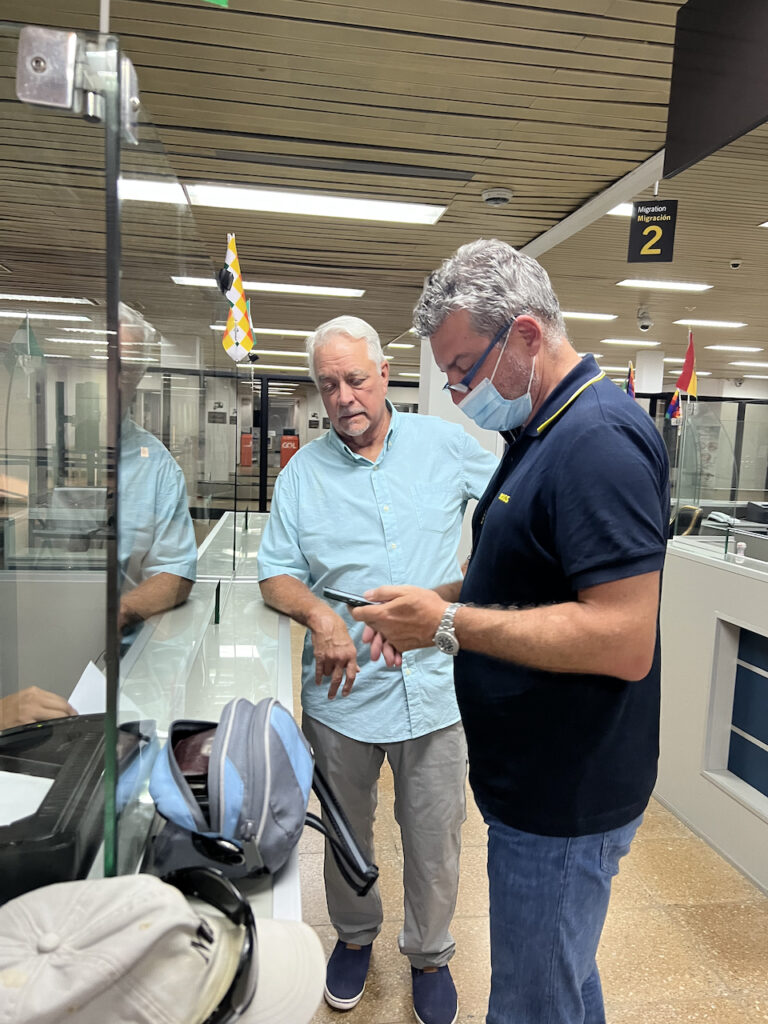
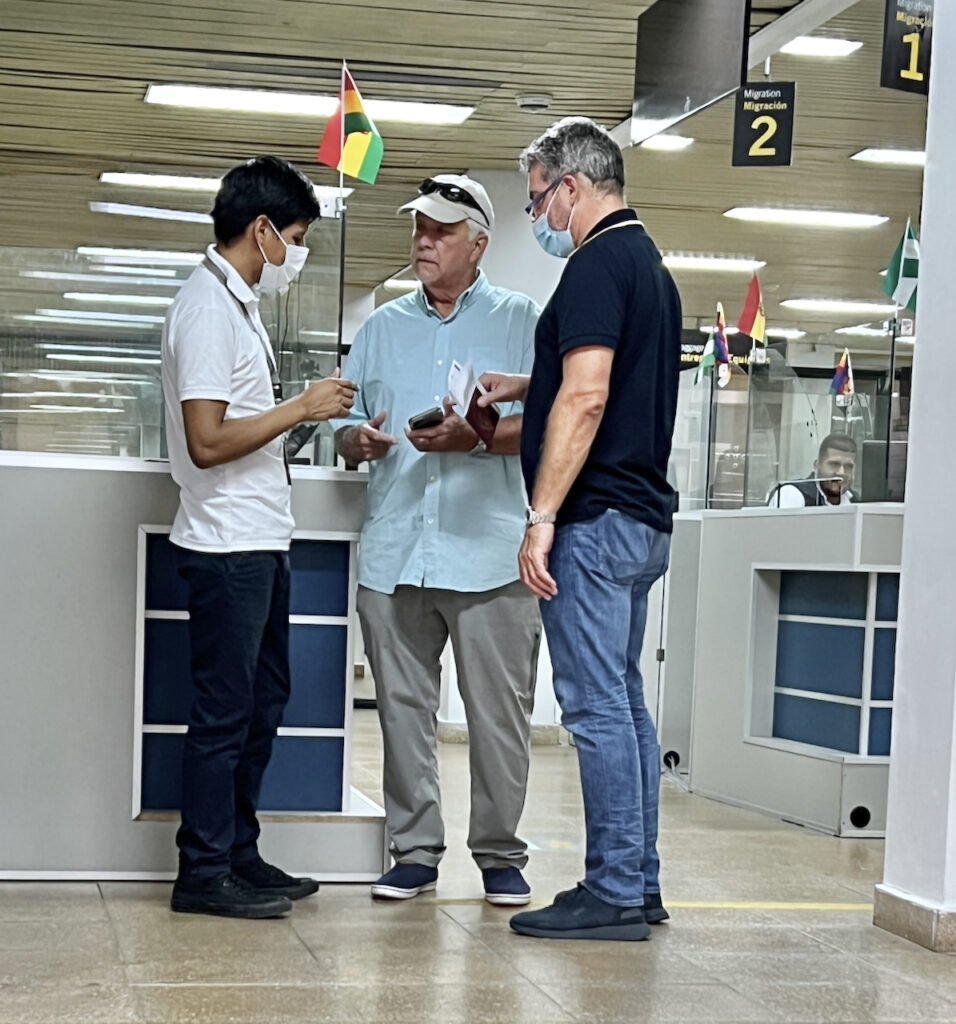
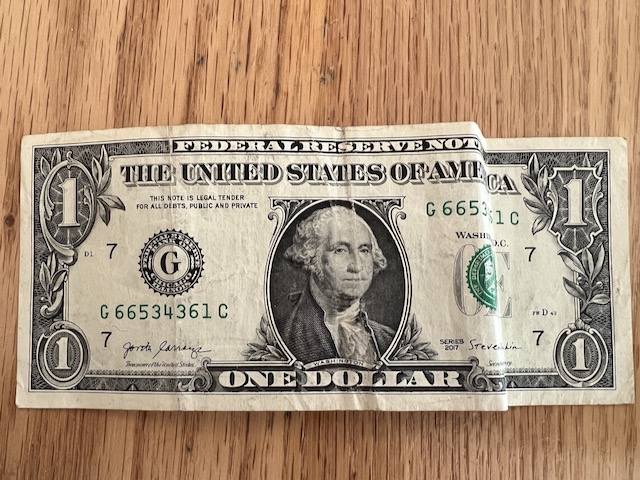
Esteban is a third generation surgeon who owns and runs his own clinic in Santa Cruz. He got educated in the US and he and his wife speak English and Spanish fluently. In spite of all other obligations, they took time to help us. Sabine called Benjo Saucedo, who was to pick us up from the airport, and asked him to drive to our motel to get a print-out of our reservation. Meanwhile, Esteban helped us navigate the next step, which was getting a visa from a different, kinder Brute.
I’ll note here we got to pay our visa using a credit card. We learned later that other Americans who tried to pay their visa by cash had every last bill scrutinized–any bill that wasn’t perfectly flat and wrinkle-free was rejected by the Brutes.
An hour and a half after we arrived, we had the missing piece of paper and our visas. Next, we had our bags scanned…only to have our bags searched. The guy shown here took out one of the tubes containing fishing poles, unzipped it, and seemed as if he was going to take them out–and what, start assembling them?–before he thought otherwise, zipped everything back up and said we could go. We were the only passengers in the small airport. That’s our heroine, Sabine, in the background.


We went around a corner, and in the main part of the airport, we met Benjo. He took a photo of us with Sabine and Esteban, two amazing, important, busy people who’d dropped everything to help two strangers they’d met the day before. Amazing.
It was after 8 a.m.
Now, I am on Teams calls Monday through Thursday for 10 hours each day and for about six hours on Fridays. So, the last thing I wanted to do is listen to a guy gab about his lovely city. But it turned our our hotel room wasn’t ready, so we became hostage to a wonderful driver and guide named Benjo.
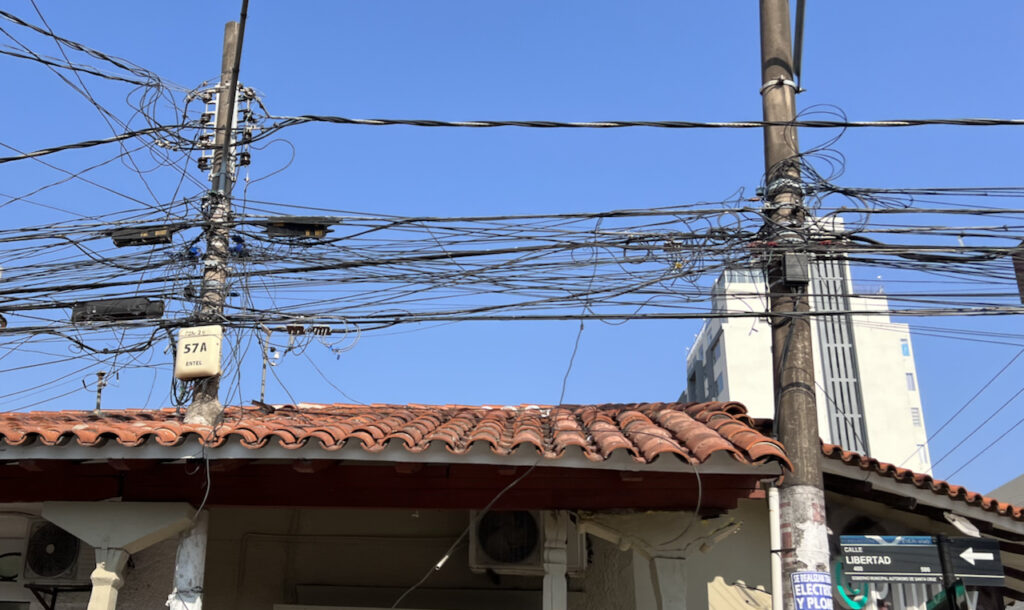
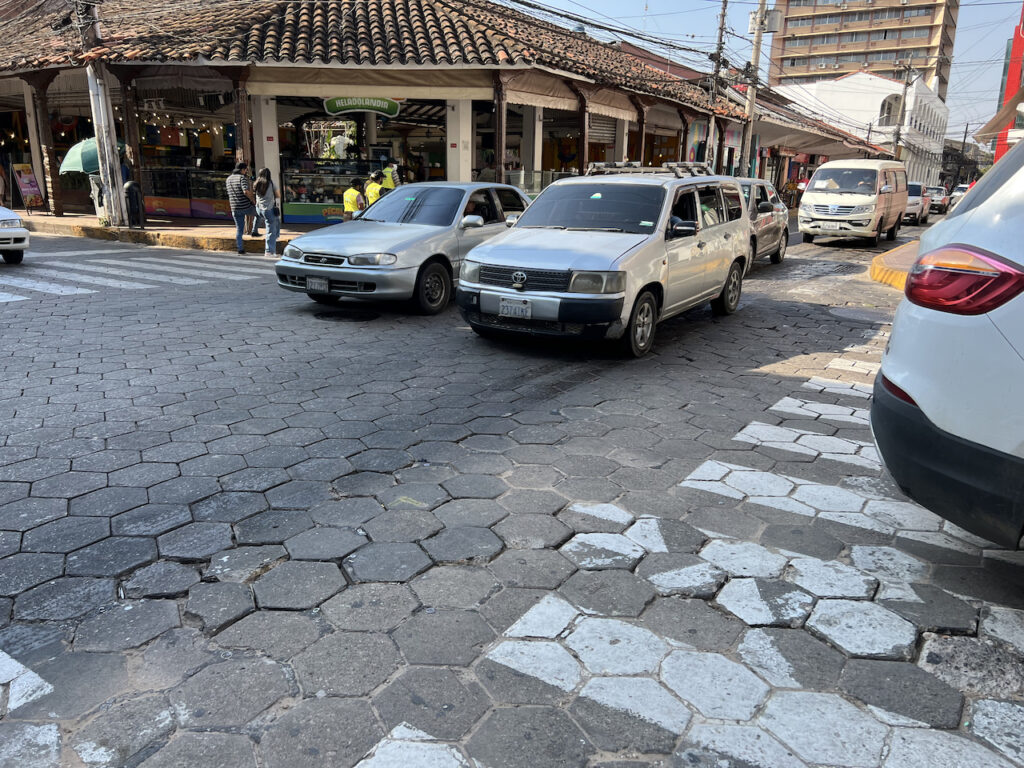
Benjo took us to a part of town he knew well–Santa Cruz de la Sierra–down old bumpy streets that he said we’d tire of riding on and which were soon to be replaced with pavement. This is a typical intersection, lacking lights or stop signs.
Benjo parked his truck in a parking lot, and nearby was a building that looked interesting. I asked if we could go in. He said yes. While not labeled on the outside, it turned out to be a kind of museum, with art work, pottery, old implements, and colorful masks.
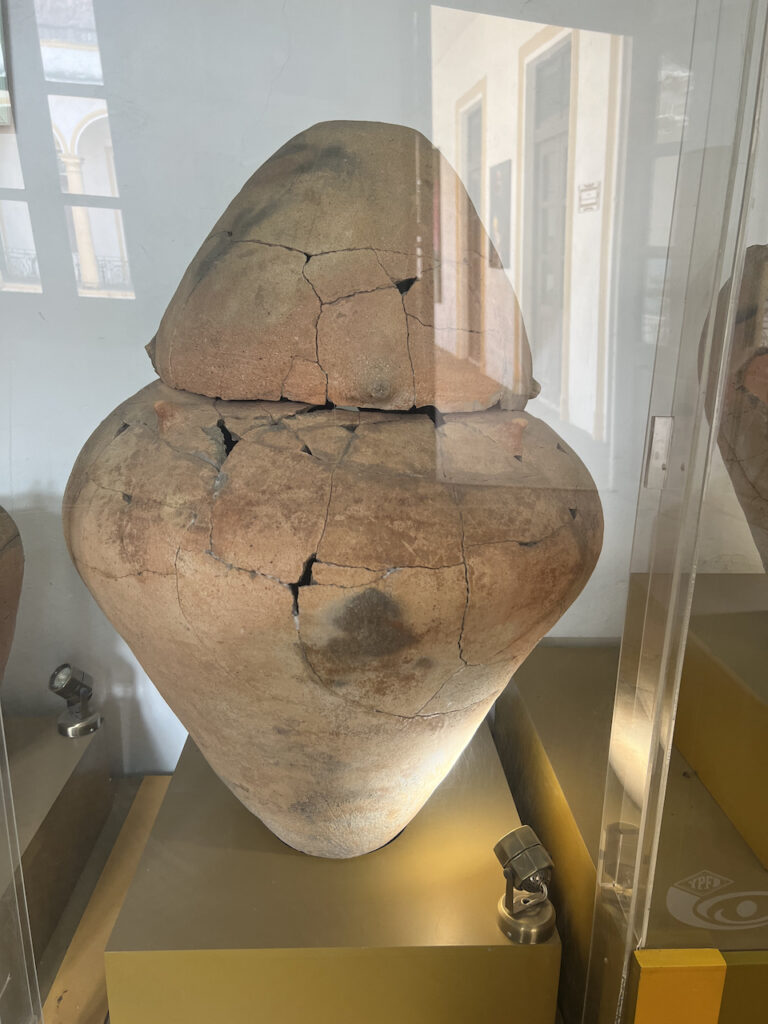
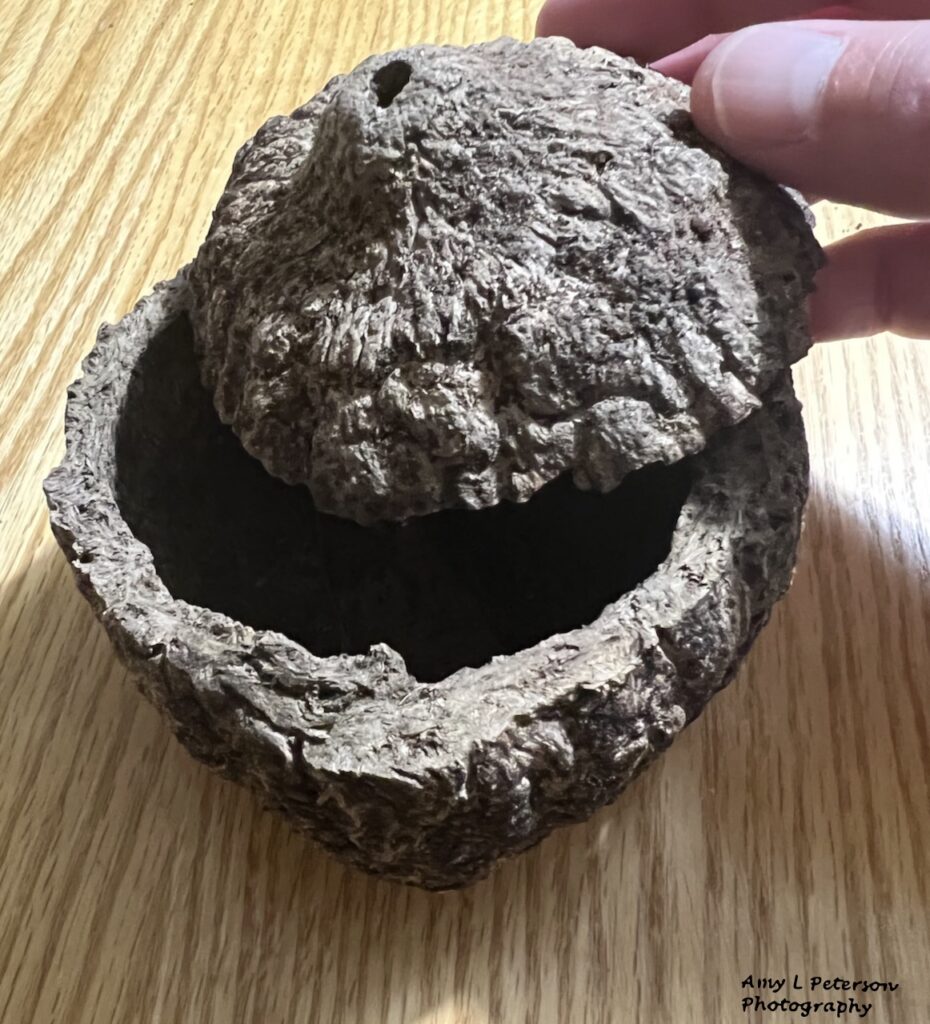
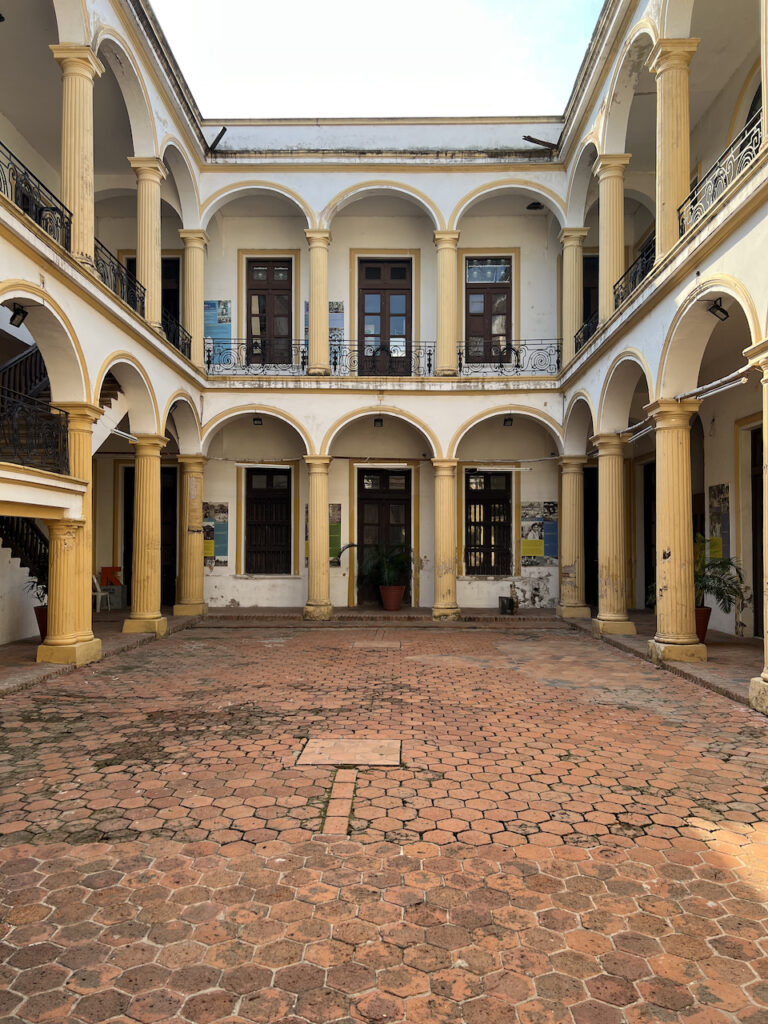
Inside the open air part of the building.

In one room we stumbled upon a painting of Esteban’s grandfather, Dionisio, who was in charge of munitions manufacturing during the Chaco War with Paraguay (1932-1935). He became Minister of Mines and Petroleum in the cabinet of Lieutenant Colonel German Busch, who was the president of Bolivia from 1937 to 1939 (at right in the photo). Dr. Dionisio Foianini was a co-founder of a Bolivian state-owned oil and gas enterprise. It was so cool to have met Esteban in Miami and now read about his grandfather.
In one room we found a display of colorful masks.
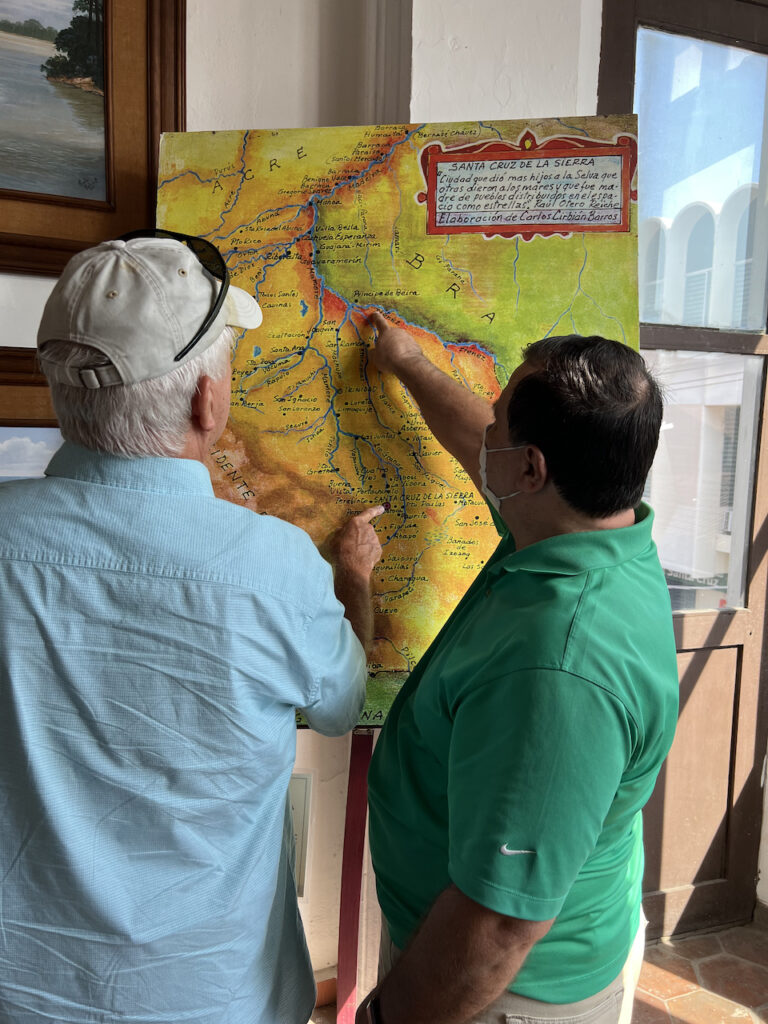

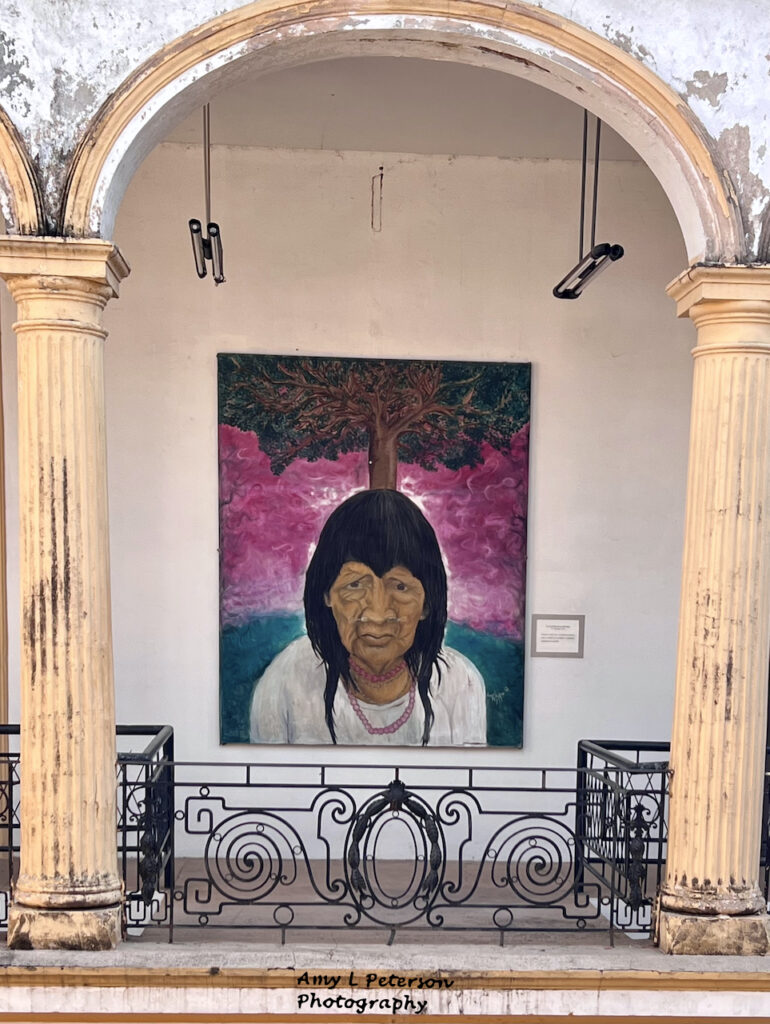

Near the unlabeled museum was the Cathedral Metropolitana Basilica Menor de San Lorenzo de Santa Cruz, also called the Cathedral Bassilica of St. Lawrence and the Santa Cruz de la Sierra Cathedral. That’s a lot of words for beautiful, brick church.

Inside the church were several people praying; some were lighting candles. We walked near the altar, turned around, and on the way out, ran into a relative of Benjo’s whom he hugged and spoke with for a few minutes.
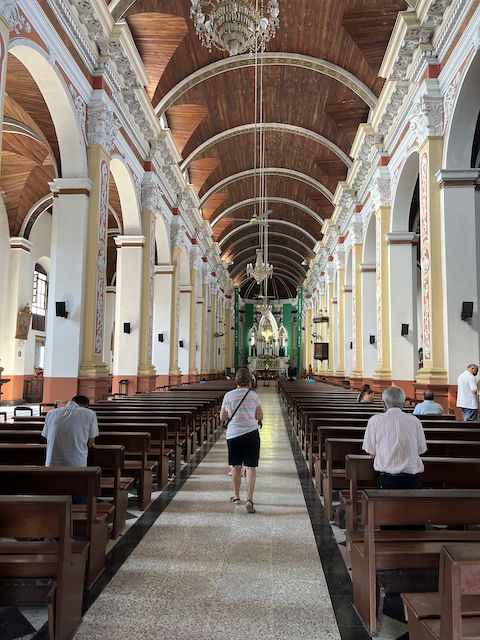
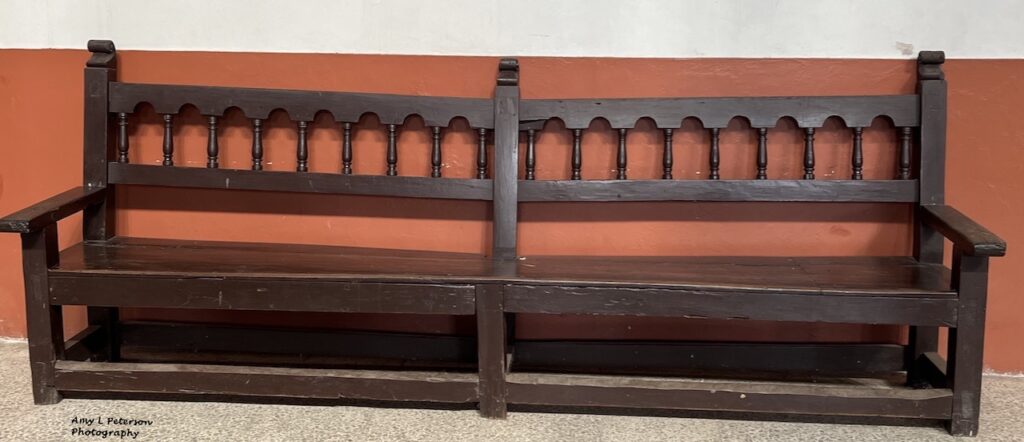
I loved this bench because it was so worn there wasn’t anything straight about it.
This bird was on the ground, walking around and not at all bothered when I got close enough for a photo. It’s called a rufous hernero, which is a type of ovenbird. The cool thing about ovenbirds is that they make nests that are covered and apparently reminded the bird namers of a Dutch oven. It is the national bird of Uruguay and Argentina.
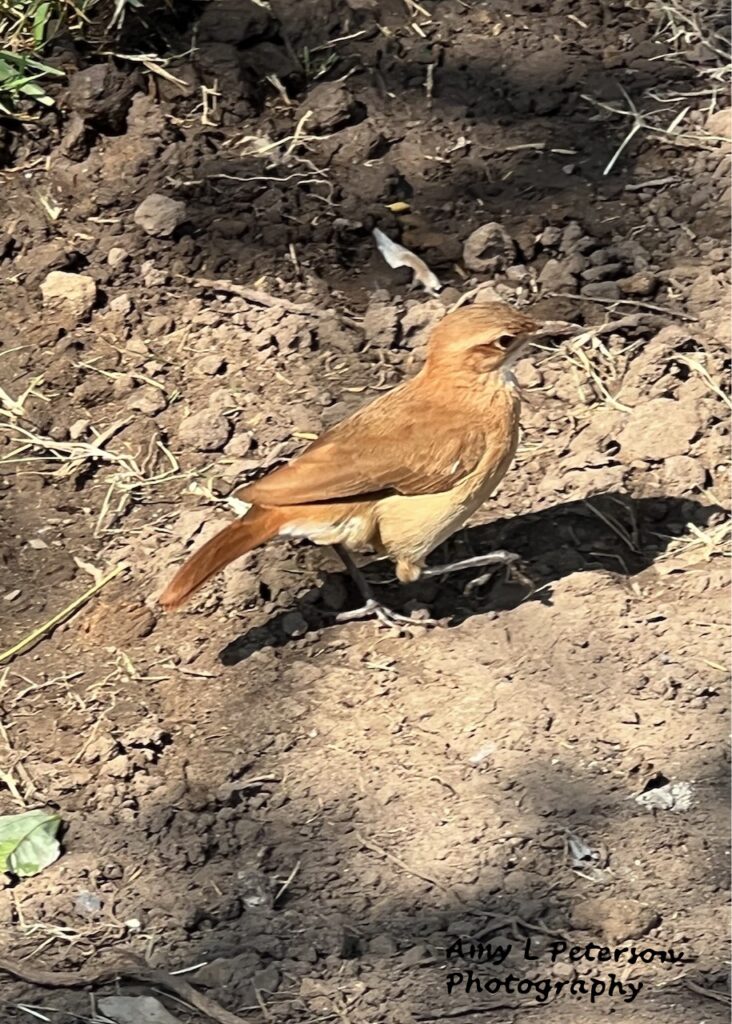
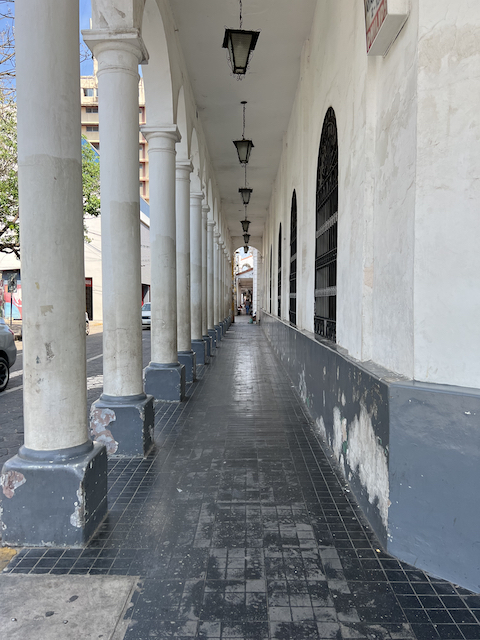
As we walked back to the parking lot, we walked under the cover of the local buildings, all of which were built like this to keep people dry during the rainy season. I loved the imperfections–the missing paint, the well-used tile, the quaintness of its simplicity, and the thoughtfulness of keeping people dry.
Before we left this part of town, Benjo bought us a favorite drink of the locals from a nearby fruit stand. It was dark purple and had some fruit on the bottom. I took a tiny sip and thanked Benjo for the gesture but said it was the start of the trip and I had reservations about trying something that may not have been made with bottled or filtered water. I handed it to Mark, and while he drank the rest and ate the fruit at the bottom of the cup, I shook my head and crossed my fingers nothing bad would happen, you know, intestine-ally.
Benjo drove us to a quaint chocolate shop called Manjar de Oro, where we bought some fancy, flavored chocolates for the Foianinis.
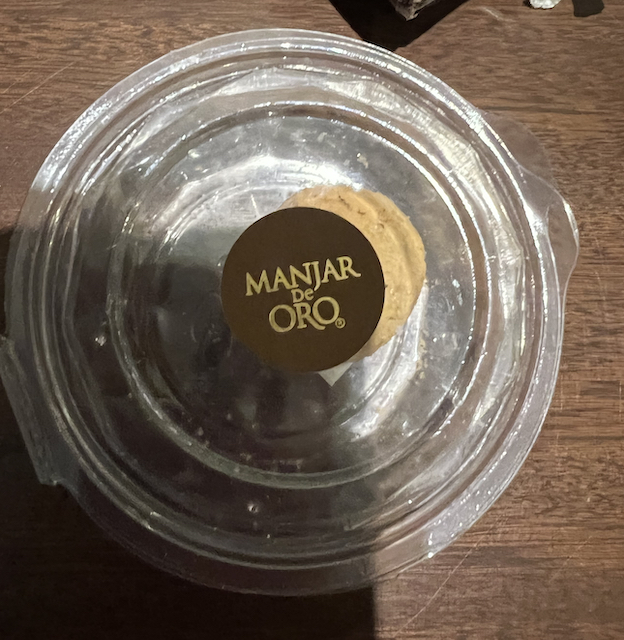
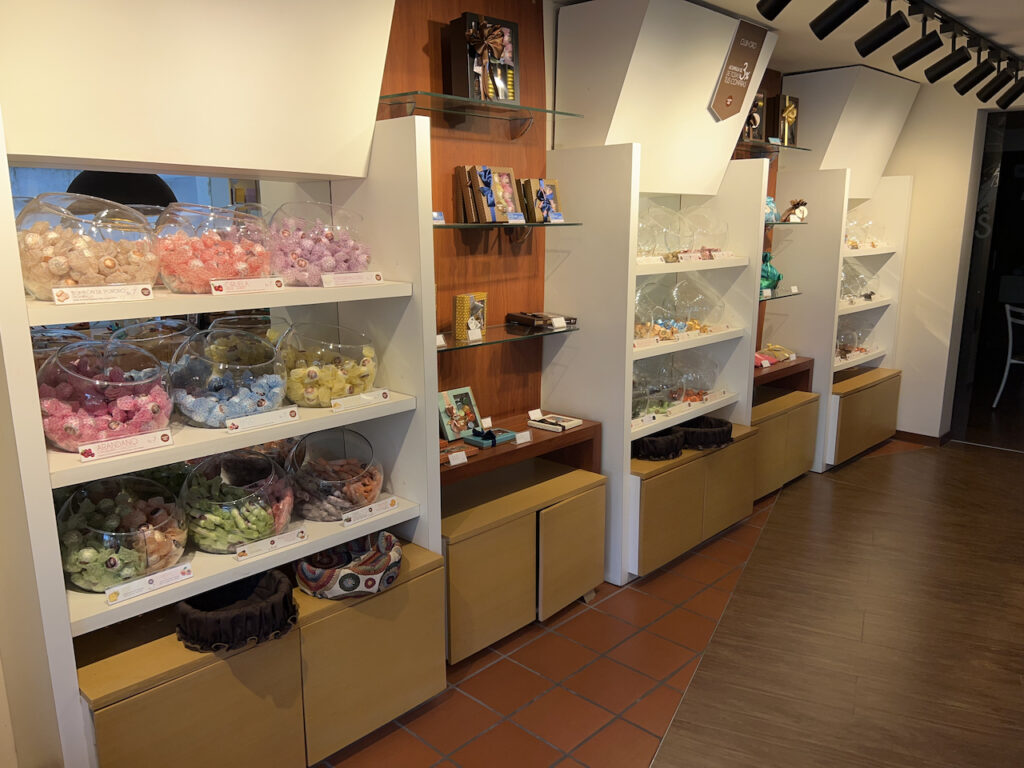
Fancy flavored chocolates for our hero and heroine.
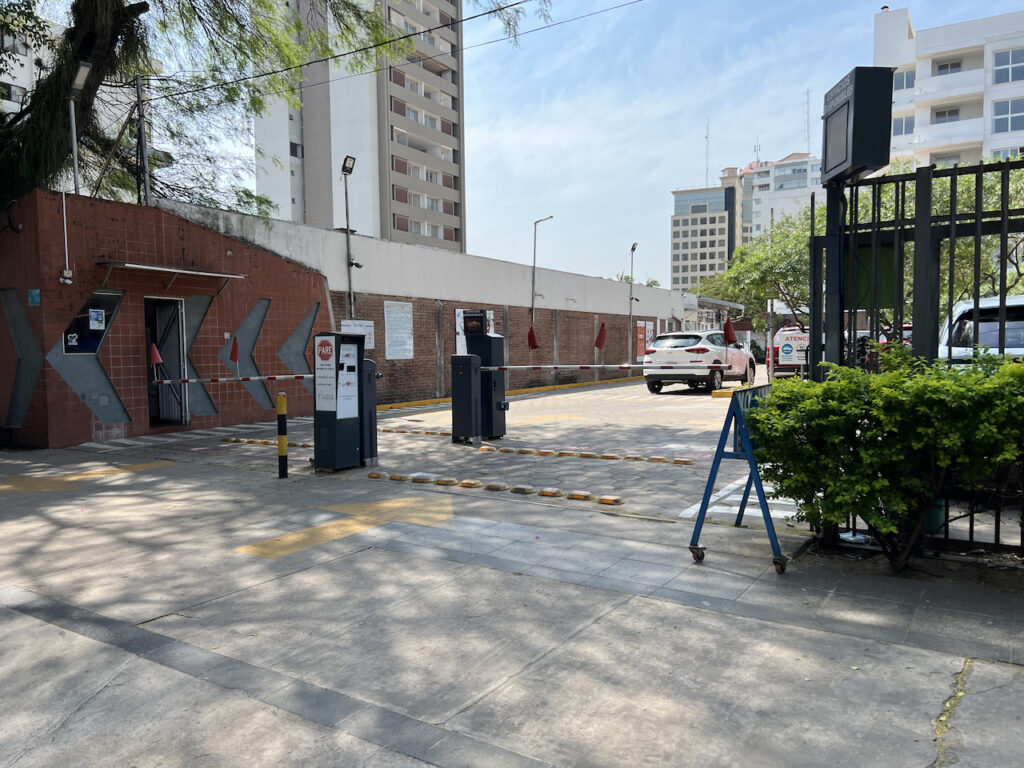
Our next stop was the Clinic Foianini where we left chocolates for the Foianinis with a worker who turned out to be the wife of a guy Benjo plays soccer with. It seemed like Benjo knew everybody.
I will note here that a week later–when we returned from the jungle– we called Esteban and learned Sabina had confiscated all the chocolates. Poor Esteban.
For lunch, we treated Benjo to a restaurant he recommended called Churrasq Vaca Morena. There were cow hides on the chair and people eating large chunks of various types of meat. A vegetarian when it’s not inconvenient, I told Benjo this was perfect for Mark and that their salads looked amazing.
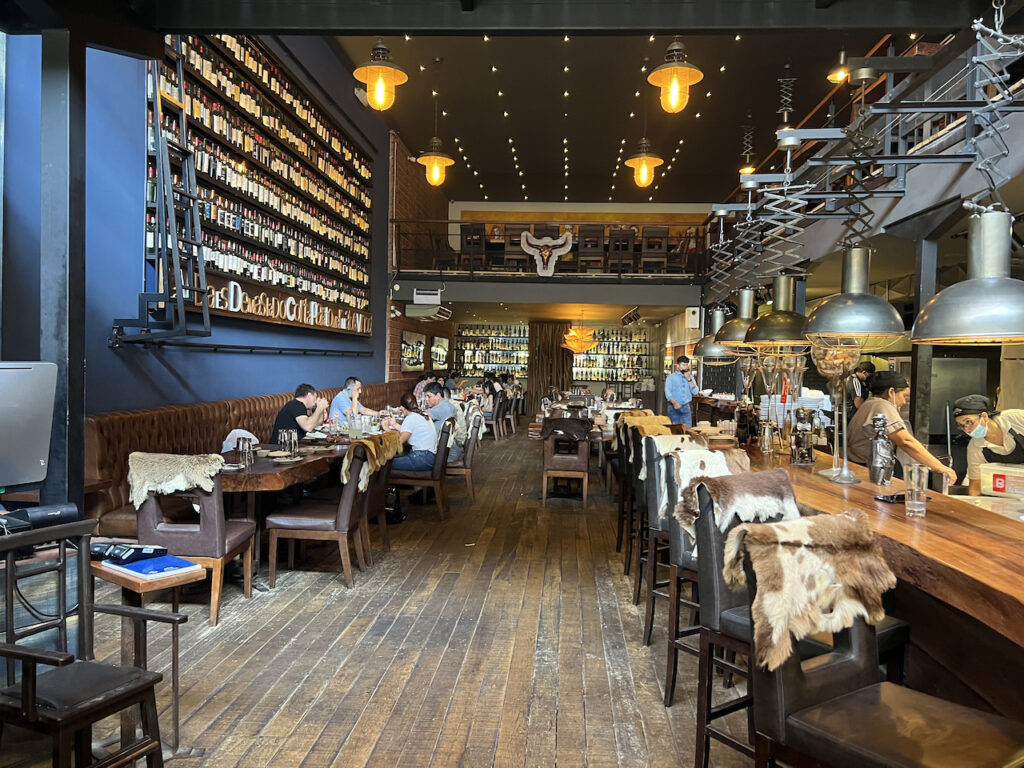

Also served: numerous kinds of rice, salads, and meats. Everything was tasty. We left stuffed as ticks.
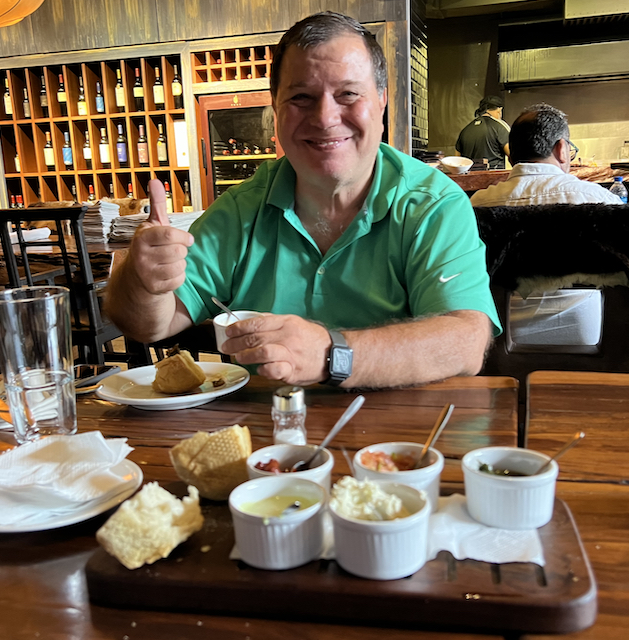
Benjo with one of many, many tasty foods.
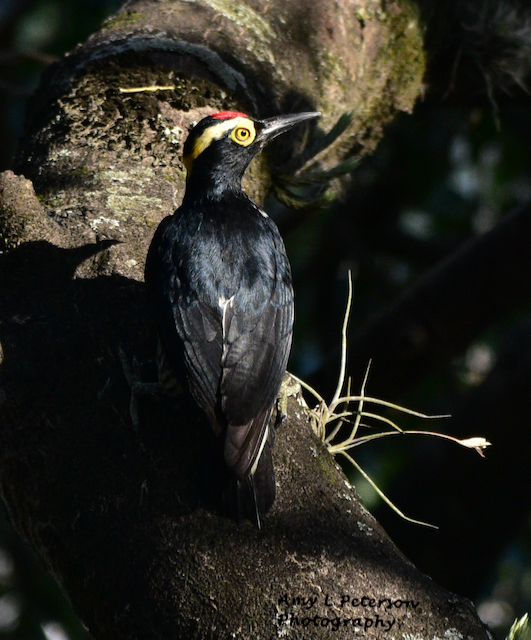

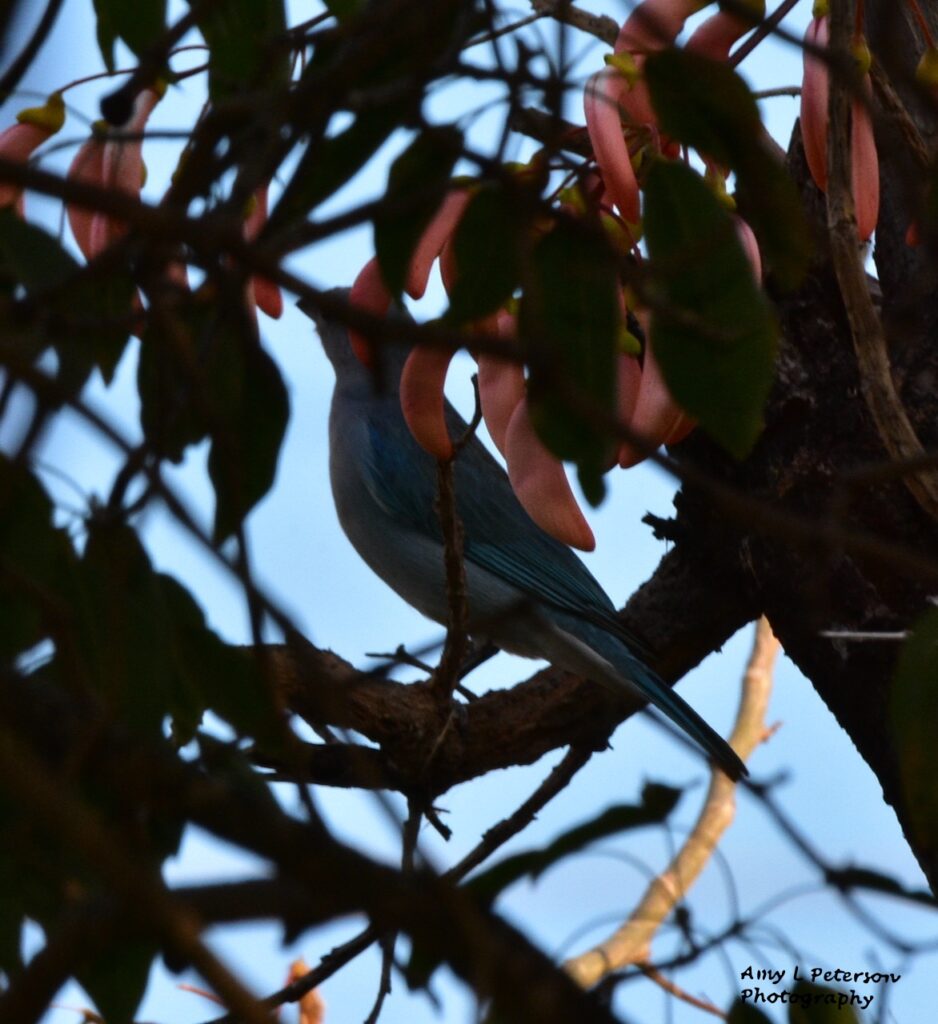
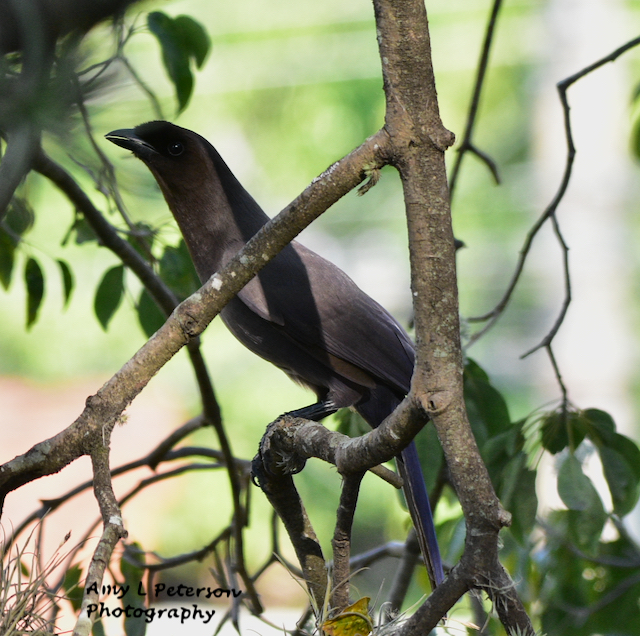
This Bolivian blackbird showed up next. In fact, over the course of just 20 minutes in one tree outside our motel room I saw these three birds, none of which I’d never seen before. I also saw a blue-gray tanager (to the left) that I’d seen before but didn’t get a good shot of since it was in the shade.

With the sun low on the horizon, I snapped this air plant before we went poolside, where Mark discovered a frozen scorpion, a wonderful tropical drink.
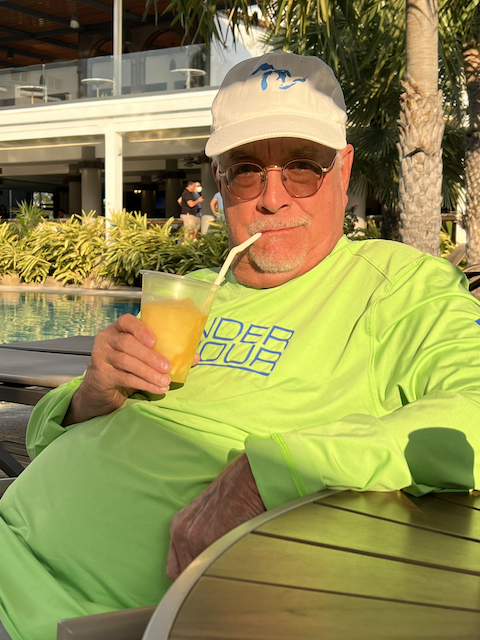

This is a tropical kingbird and it was hanging out near our table. It eats bugs and fruit. I had neither, but perhaps it smelled the pineapple in Mark’s drink?

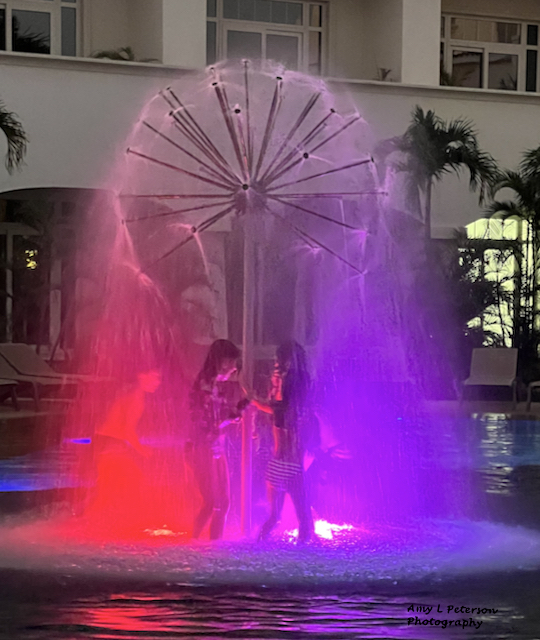
I loved the Los Trajibos–the atmosphere, the pool, the people, the food. But I was ready for our first day in the jungle.